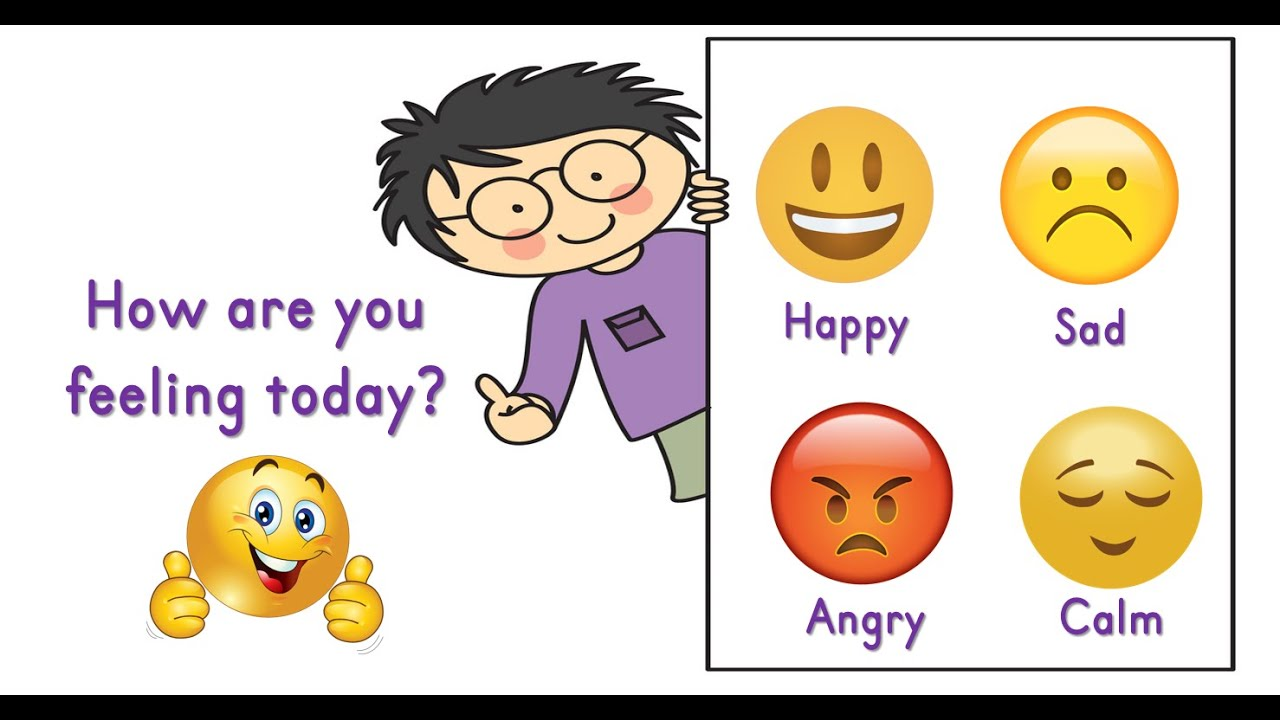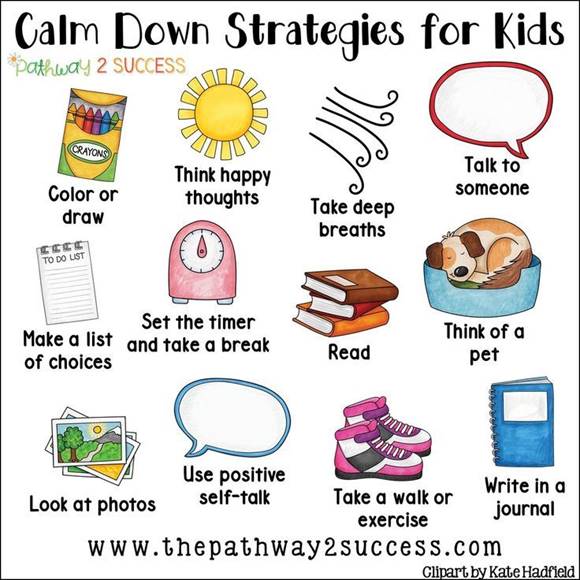Unit 2: Dealing with
Emotions

Objectives:
Students will be able to express and safely process
feelings and emotions. Students will be able to understand if they need help
from an adult or if they can figure it out on their own.
Section A
We all have emotions, as we learned in unit 1. Wherever
you are, and however you feel, you can express your emotions safely and
healthily! You will learn and practice how to do so in this unit.
Watch the movie below that
is about emotions and how to deal with them appropriately:
In the video, you learned that you must be
aware of your emotions. Please pay attention to your whole body; it gives you
and others clues about how you feel. It is important that when having emotions,
especially negative ones, you stop to figure out why! You can then take time to
calm down if you are feeling bad. Here are some of the ways mentioned in the
video to help you calm down:
·
Take deep breaths
·
Count to 10 or count things in the room
·
Exercise
·
Writing
·
Coloring or drawing
·
Talk to someone
These are all safe ways to deal with negative emotions and
feel better! If you still are not feeling better, you should ask your teacher,
parent, or another adult you can trust for help.
Complete the follow-up
activity and show what you learned by answering the questions in the link
below:
Emotions Easy Quiz - BrainPOP Jr.
Section B
Listen to the read-aloud story below. This story is called
"When I Feel Angry" by
Cornelia Spelman. This story shows situations that can lead to anger and how to
manage it in ways that do not hurt others.
When finished, complete the "When I'm Feeling Angry"
activity below:
When I'm Feeling Angry Activity
Section C
In this section, you will learn an "I Message"
and how to use it when you have certain feelings and emotions.
Watch the video below to learn about "I
Messages."
Sometimes when people are upset, they could choose to
react in a way that is unsafe or unhealthy for themselves or others. This may
happen if you feel mad, embarrassed, worried, or scared. You may feel like
pushing someone, kicking someone, yelling at someone, or running away from the
situation. That is not the best way to react. You must be able to express your
feelings safely and healthily. You could do this by using an "I Message," as the little girl did
in the video. Instead of pushing or yelling at another child who is not sharing
with you, you could use your words. For example, "I feel sad when you won't
share the toys with me. I would like you to take turns and share with me."
This opens up communication and allows for a healthy way to fix the problem!
You can also use "I Messages"
to express when you are happy or excited.
Let's practice some
"I" Messages with the activity below:
We are ending this unit with a poster of
some calming strategies to use when feeling upset. Remember, if you are feeling
bad or upset, it is okay!! Just stop, think, and calm down! Use a strategy to
calm down and think of an "I Message" to communicate and fix the
problem. If you need help, ask your teacher, parents, or another adult you can
trust.
